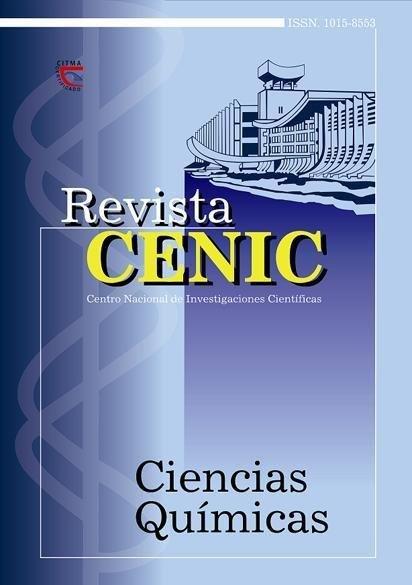Antoine François de Fourcroy
Abstract
Antoine François de Fourcroy (1755-1809), a physician turned chemist, played a major part in the research, teaching, and industrial applications of chemistry during the different stages of the French Revolution. He combined his knowledge of medicine and chemistry to advance the connection between the latter and physiological and pathological phenomena. He is considered the originator of modern pathology. Most of his later research was done in collaboration with Vauquelin, with whom he made significant contributions to vegetable chemistry; they were among the first to apply quantitative analysis to organic chemistry, to show the difference between ether and acetaldehyde, to analyze in depth the chemistry of urinary calculi, and to discover urea. Fourcroy supported the Revolution and took a leading part in the establishment of the new education system in France, as well as in the foundation of the most important institutions of higher learning, such as the Écoles Polytechnique and de Médicine.

Downloads
Published
How to Cite
Issue
Section
License
Copyright (c) 2005 Copyright (c) 2005 Revista CENIC Ciencias Químicas

This work is licensed under a Creative Commons Attribution-NonCommercial-ShareAlike 4.0 International License.
Los autores que publican en esta revista están de acuerdo con los siguientes términos:
Los autores conservan los derechos de autor y garantizan a la revista el derecho de ser la primera publicación del trabajo al igual que licenciado bajo una Creative Commons Atribución-NoComercial-CompartirIgual 4.0 que permite a otros compartir el trabajo con un reconocimiento de la autoría del trabajo y la publicación inicial en esta revista.
Los autores pueden establecer por separado acuerdos adicionales para la distribución no exclusiva de la versión de la obra publicada en la revista (por ejemplo, situarlo en un repositorio institucional o publicarlo en un libro), con un reconocimiento de su publicación inicial en esta revista.
Se permite y se anima a los autores a difundir sus trabajos electrónicamente (por ejemplo, en repositorios institucionales o en su propio sitio web) antes y durante el proceso de envío, ya que puede dar lugar a intercambios productivos, así como a una citación más temprana y mayor de los trabajos publicados (Véase The Effect of Open Access) (en inglés).













